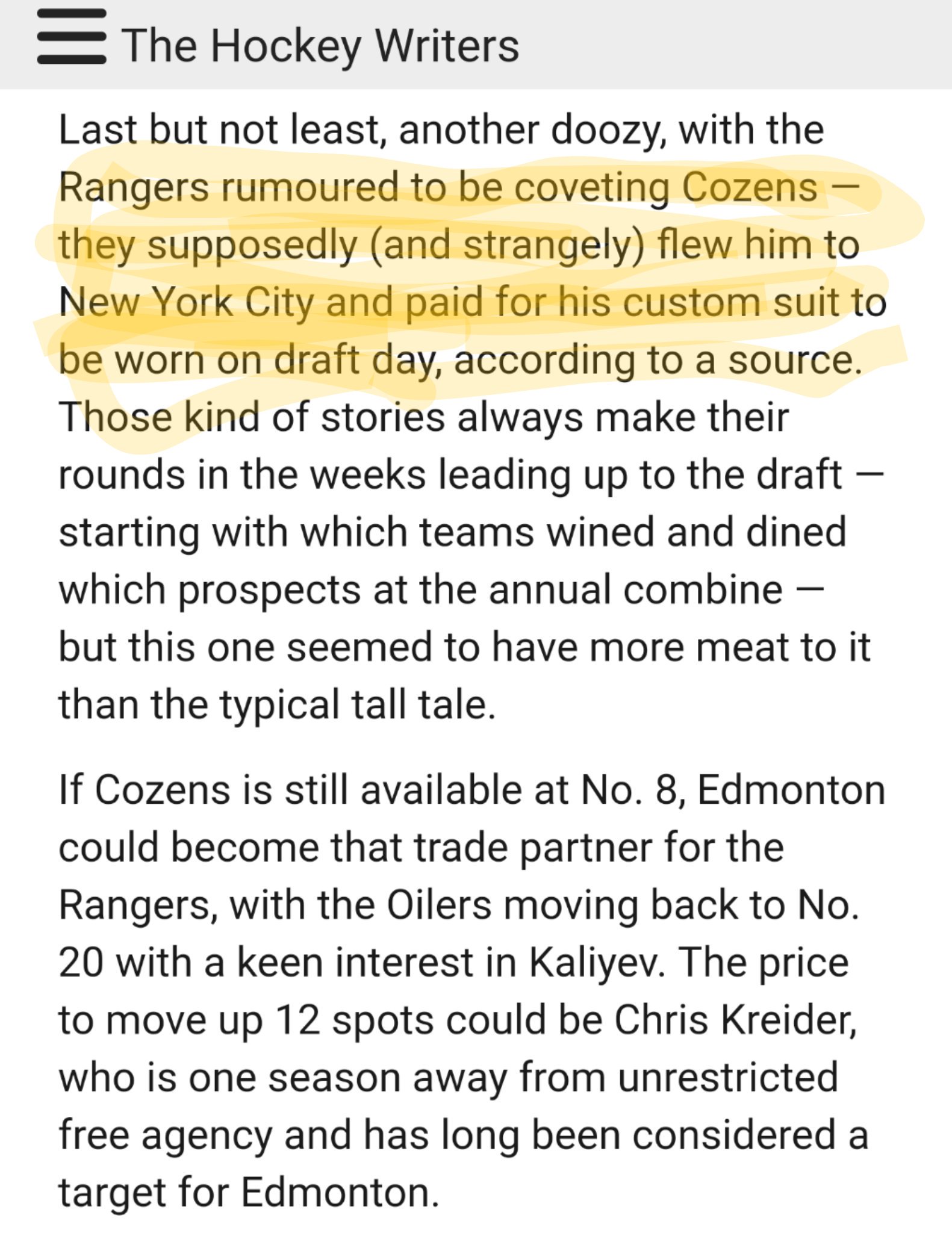Tawnos
A guy with a bass
There's three markets that are a virtual lock for a net loss of ~$25 million. It's a pretty deep subject that I would love to dive deeper sometime, but those three markets are hurting the PA's pockets from the aggregate HRR perspective. HRR is top-line, so it's not like saying those three teams are a deduction from that, but rather their under-performance comes at a very high opportunity cost to both the league and the players, because if those teams are not relevant or are earning playoff revenue, they are not breaking even.
Then you have around 30% of HRR that is subject to in-year volatility due to the Canadian dollar. The Canadian teams for the most part can absorb or off-set losses by adjusting price and volume levers when it comes to their tickets.... but there are 3 Canadian teams that are in the middle of consumer confidence related crises. What the CDN does cause in-year swings where a team like OTT, WPG, EDM, VAN need to earn 15-30% more in HRR to be on par with US teams.
But when you have a consumer confidence issue, you lose box seats, and corporate deals, or have to sell them for cheaper... which is what some of those Canadian teams are experiencing... that is hard to compensate.
Lastly, there are teams in major hubs that are not competing... that equates to lower engagement, which leads to cheaper ticket prices, which hurts HRR.
So LA, Anaheim, CHI, our very own NYR.... the league is healthier when those markets can charge their **** you rates for tickets.
The three losing markets I outlined above... you can get great seats, beers, and have a great time for $15 bucks. But the league needs other markets to be able to off-set that... which is easy when the team is contending... but... when those markets are not it hurts the game a bit more.
Personally, I don't buy that those teams lose quite that much money. Not saying they're making money, but if you account for literally everything... I don't believe it.


